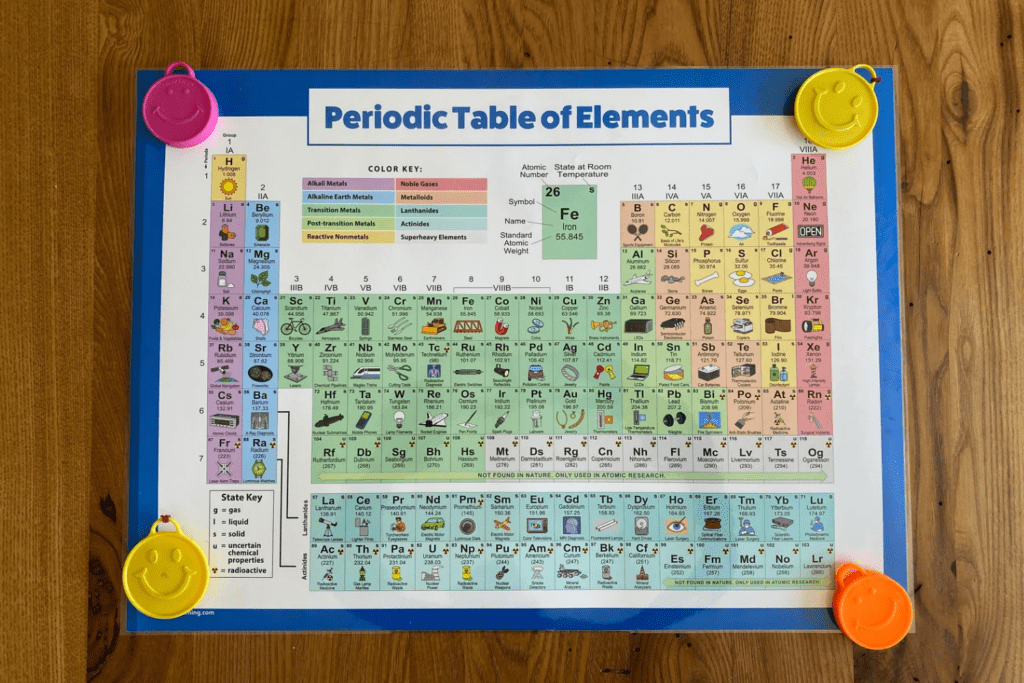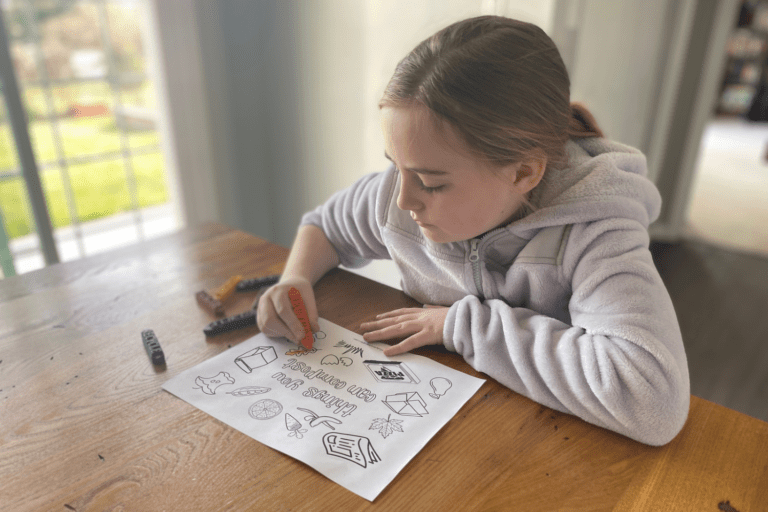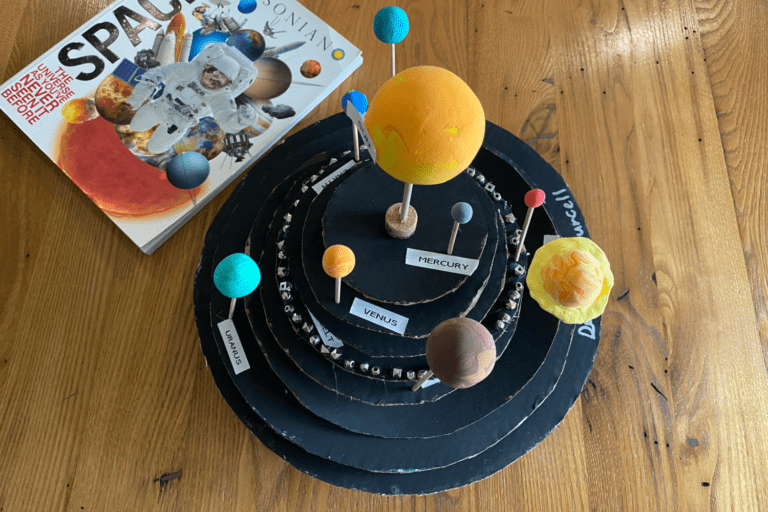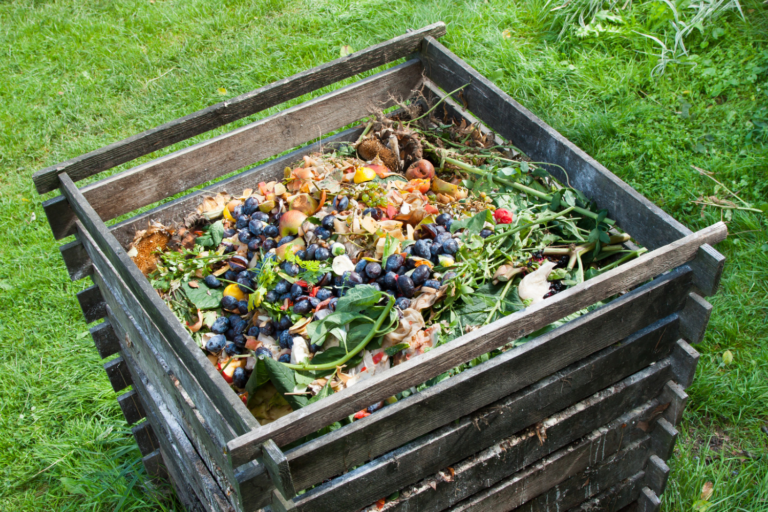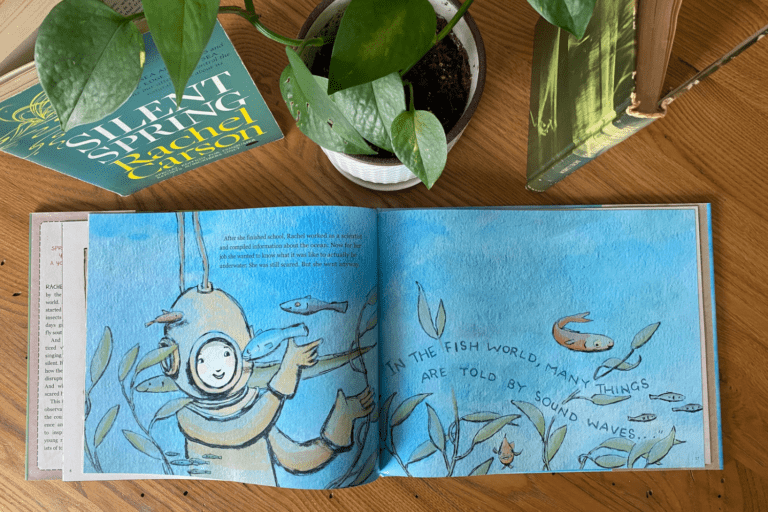Fun and Easy Chemical Elements Scavenger Hunt
As an educator and a parent, I’m always looking for creative and engaging ways to teach children about the wonders of science. One activity that can spark curiosity and excitement is a scavenger hunt for chemical elements! What’s even better? A chemical elements scavenger hunt takes zero prep and requires zero purchases! By turning your home or classroom into a treasure trove for elements, you can help learners discover the building blocks of the world around them. Here’s how you can conduct a chemical elements scavenger hunt.
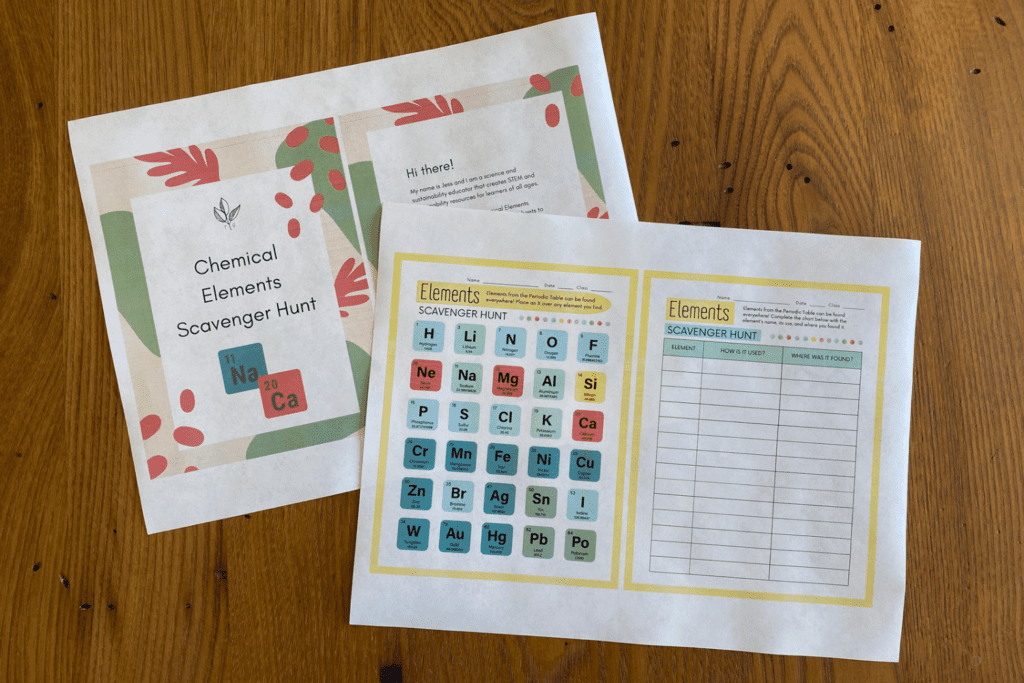
Preparing for the Chemical Element Scavenger Hunt
Before embarking on the scavenger hunt, preparing a list of elements for children to search for is essential. I’ve created a workbook containing two different ways to hunt for chemical elements. The first way is a simple list of some common (and uncommon) elements that your students may find in your home or classroom. When they discover the element, they place an X over the element symbol. The second way is an open ended scavenger hunt where students write down the element they find, where they find it and how it is being used.
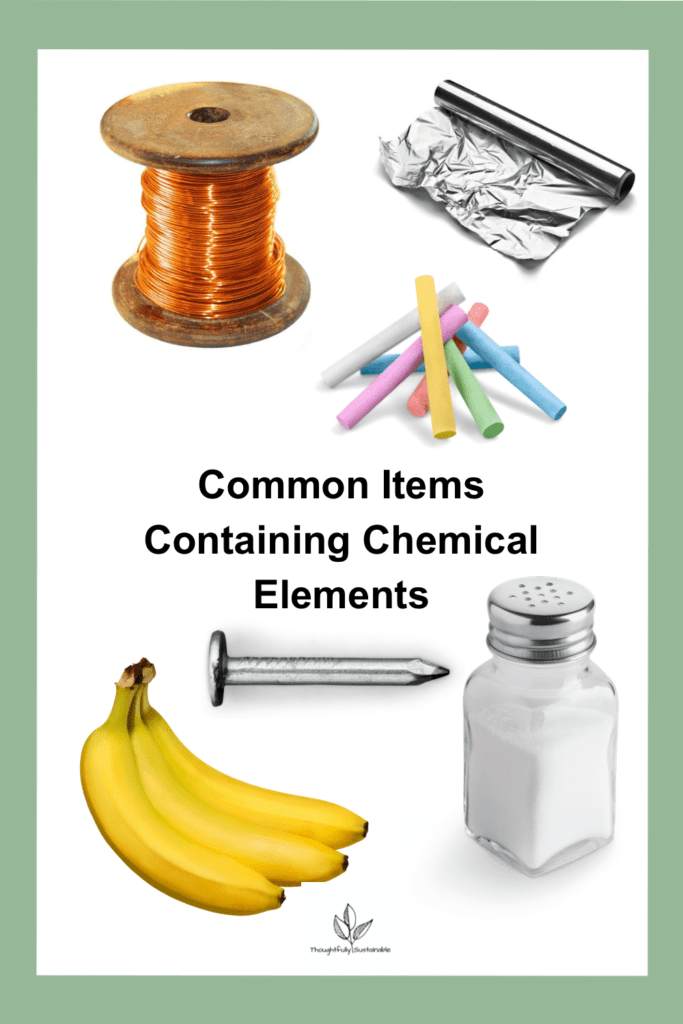
Understanding the Elements
Take time to introduce children to the elements they will search for. Discuss the properties of each element, its common uses, and where students can find it. Here are a few helpful examples:
- Chlorine (Cl) – Found in bleach and some cleaning products.
- Sodium (Na) – Found in table salt and some foods
- Potassium (K) – Found in bananas, potatoes, and some fertilizers.
- Calcium (Ca) – Found in chalk, limestone, and some foods.
- Iron (Fe) – Found in steel objects, such as scissors or nails.
- Copper (Cu) – Found in electrical wires for its conductivity and in plumbing fixtures.
- Aluminum (Al) – Found in foil, cans, and some cookware because of its lightweight properties and resistance to corrosion.
- Silicon (Si) – Found in glass, sand, and some computer chips for its semiconductor properties.
You can use the periodic table as a visual aid to help children understand the relationship between elements and their properties. The photo below is my favorite periodic table because it provides images of items containing each chemical element.
Conducting the Chemical Elements Scavenger Hunt
Once you’ve printed the workbook and briefed the children on the elements, it’s time to begin the scavenger hunt. Let your learners explore their surroundings, encouraging them to be observant and think critically about where they might find each element. Set a time limit for the scavenger hunt.
Discussing the Findings
After the scavenger hunt:
- Gather the children to discuss their findings.
- Encourage them to share what elements they found and where they found them.
- Use this time to reinforce their learning by discussing the properties and uses of each element.
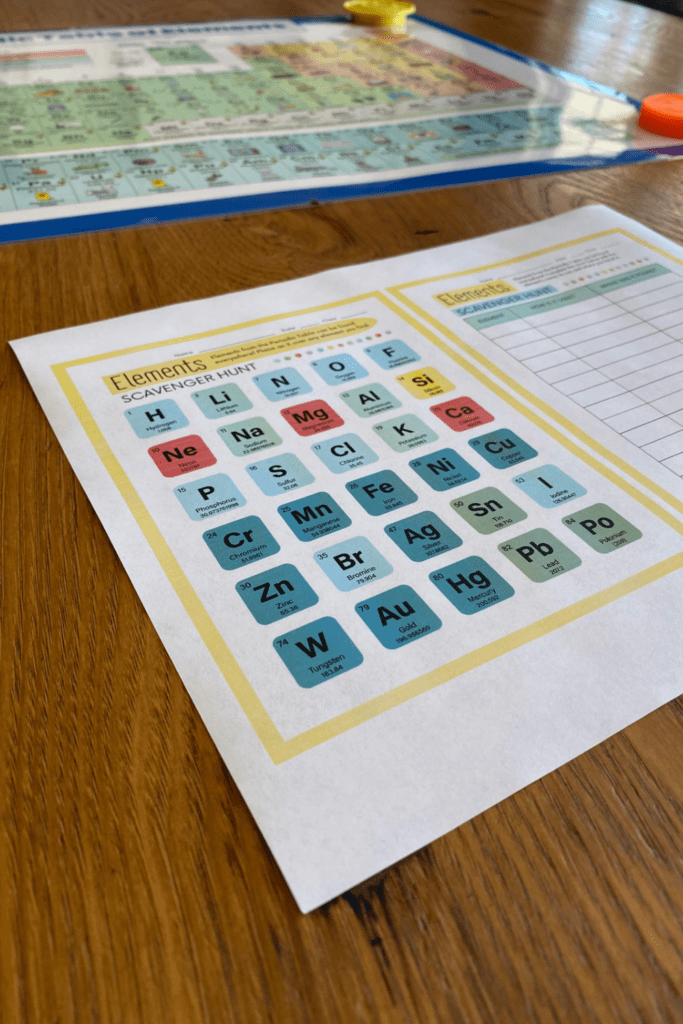
Extending the Learning
To extend the learning from the scavenger hunt, consider additional activities that explore the properties of the elements further. You could conduct simple experiments using the elements found or create posters showcasing the elements and their uses.
A chemical elements scavenger hunt is a fun and interactive way to introduce children to chemistry. By exploring their surroundings and discovering the elements that make up their world, children can develop a deeper appreciation for the science that shapes our lives. So, consider conducting a chemical elements scavenger hunt if you’re a teacher looking for a hands-on activity for your classroom or a parent wanting to engage your child in science at home. Who knows what treasures you might uncover!

